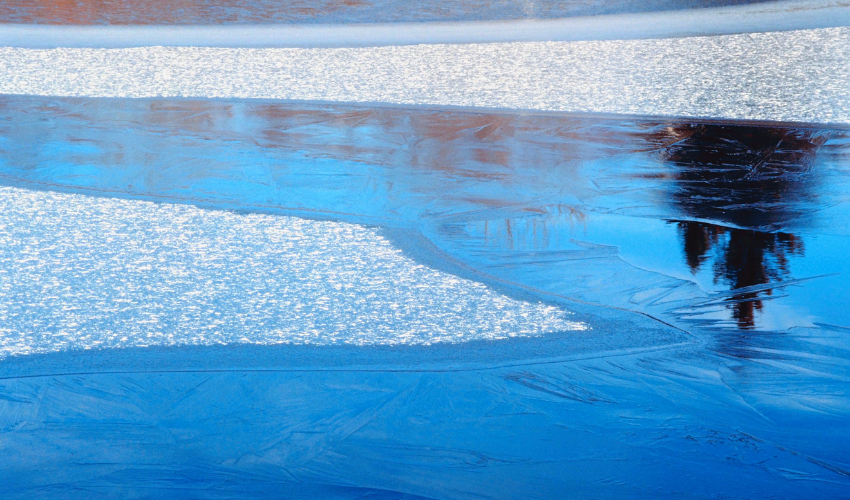Caring for Your Water Garden Pump During Winter
Feb 19th 2021

Your water garden pump is an essential piece of equipment to keep your pond, water garden, stream, or other water feature circulating well for the proper oxygenation and a healthy ecosystem. While your water feature may be dormant in winter, the pump still requires proper care so it will operate smoothly once more when it is needed in the spring.
Winterizing Your Water Garden Pump
In late fall, it is best to tend your pump and be sure it is operating correctly. Disconnect the pump and drain it well, cleaning filters and inspecting all parts for wear and damage. Make repairs or choose a replacement pump as needed.
In northern areas where winter is long, temperatures are low, and hard freezes are frequent, it is best to completely shut down your pump. If you do need to remove your pump to protect it from winter’s harshness, use a floating deicer if necessary to keep your pond or water garden open. This will help keep toxic gasses from accumulating under a thick layer of ice and will help keep any aquatic life in your garden – fish, turtles, amphibians, and plants – healthy through the cold.
Storing Your Pump for Winter
After your pump is shut down and disconnected, it is best to store it completely submerged in clean, fresh water. Because the pump is designed to operate underwater, it can easily be damaged if it dries out and seals loosen or crack. To avoid this type of damage, submerge the pump in a large bucket in an area where the water will not freeze, such as inside a heated garage or in your basement. Check the water level in the bucket periodically through the winter to be sure it is not evaporating and uncovering the pump.
Keeping Your Water Garden Pump Running in Winter
In areas with mild winters and only occasional hard freezes, you may choose to keep your pump running all winter long. This is especially important if you have a rich, thriving ecosystem in your water garden, and the turtles, fish, plants, and other parts of that ecosystem require oxygenated, circulating water to stay healthy. Keeping your pump running in winter will not only keep the pond healthier, but will also keep the surface from freezing entirely so gasses can move back and forth more easily. Your pump can also help prevent damage to your pond from repeated freezes, when expanding water will put extensive stress on the pond liner.
After cleaning and winterizing your pump, take steps to clean your pond or water feature so there is no extra debris that might cause problems for the pump over the winter months. Check that any electrical connections are suitably protected from snow, sleet, and ice, and consider adjusting the pump speed if necessary.
Throughout the winter, check your water garden regularly to note any ice buildup that could divert water out of the pond. If this happens, nearby soil will be flooded and the ice accumulation could damage plants or dislodge stones. Furthermore, as the water level in the pond drops, ice can form more quickly and sensitive pump components could be exposed and damaged by the cold. Also be alert to any other problems with the pump, filters, or other components so you can correct any issues as soon as they arise.
By keeping your water garden pump in good condition throughout the winter, it will keep your pond healthy and thriving so there is less stress on the aquatic ecosystem you’ve nurtured. When spring arrives, your pump and your pond will both be ready for another lush, vibrant season.

